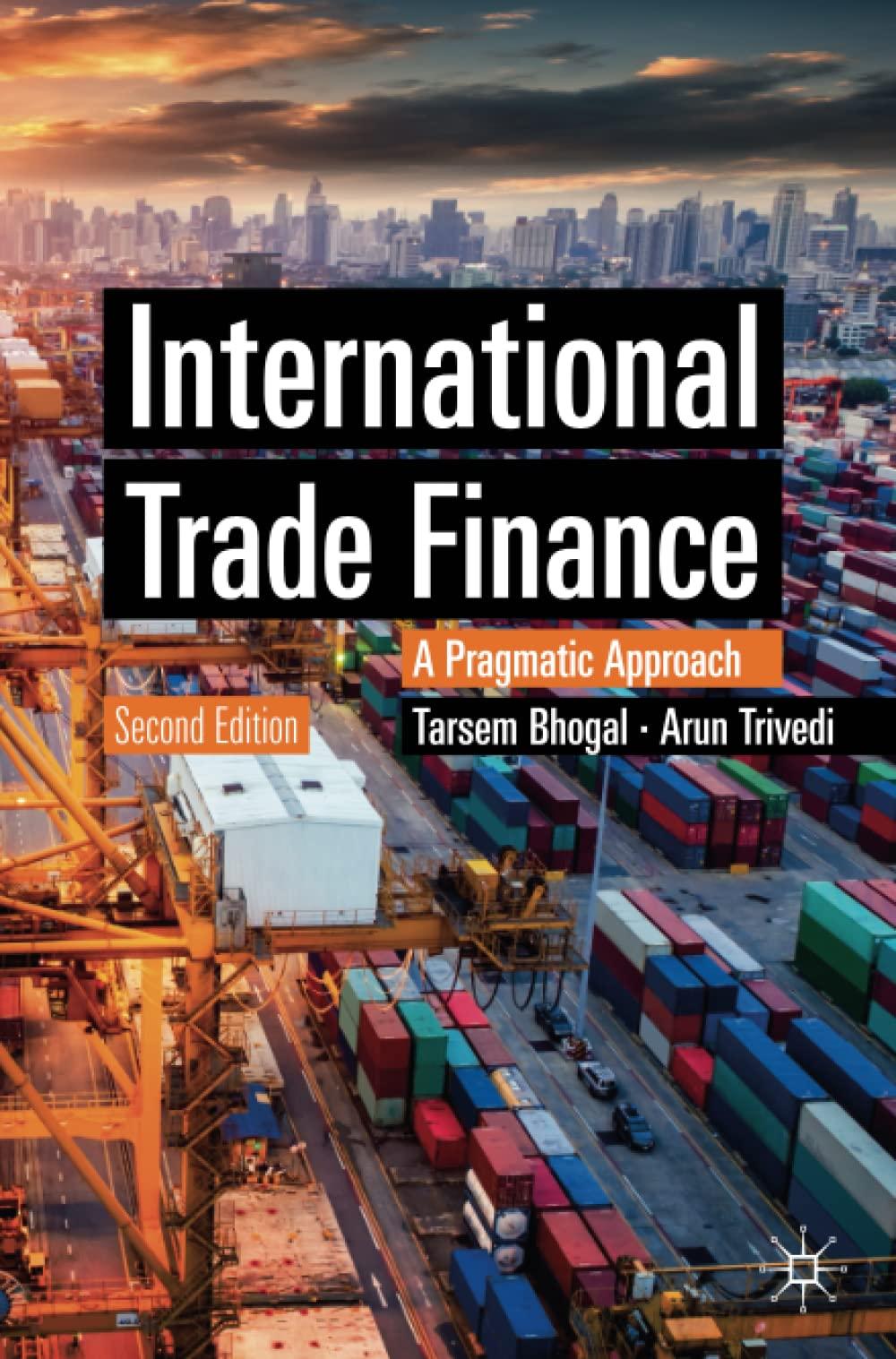 Options for both are : ownership or use
Options for both are : ownership or use
Firms generally own fixed assets and report them on their balance sheets; however, it is the -Select- y of buildings and equipment that is important, not their -Select- per se. Leasing is an alternative to borrowing to finance fixed assets. There are three different forms of leasing: sale and leaseback arrangements, operating leases, and financial, or capital, leases. In a sale and leaseback, a firm sells land, buildings, or equipment and simultaneously leases the property back for a specified period under specific terms. In an operating lease, the lessor maintains and finances the property. This is also called a service lease. A financial lease does not provide for maintenance services, is not cancelable, and is fully amortized over its life. Convertible securities are bonds or preferred stock that, under specified terms and conditions, can be exchanged for common stock at the option of the holder. Conversion of these securities does not provide capital: Debt (or preferred stock) is simply replaced on the balance sheet by common stock. However, reducing the debt or preferred stock will improve the firm's financial position and make it easier to raise additional capital, but raising additional capital requires a separate action. The conversion ratio (CR) is the number of shares of common stock that are obtained by converting a convertible bond or share of convertible preferred stock. The conversion price (Pc) is the effective price paid for common stock obtained by converting a convertible security. From the standpoint of the issuer, which of the following statements is a disadvantage of convertibles? Convertibles typically have a low coupon interest rate, and the advantage of this low-cost debt will be lost when conversion occurs. If the company truly wants to raise equity capital and if the stock price does not rise sufficiently after the bond is issued, the company will be stuck with debt rather than the desired equity. Because convertibles have low coupon rates, they require the firm to sell common stock at discount prices relative to prices that are currently prevailing. All of the statements above represent disadvantages of convertibles to the issuer. Statements "Convertibles typically have a low coupon interest rate, and the advantage of this low-cost debt will be lost when conversion occurs." and "If the company truly wants to raise equity capital and if the stock price does not rise sufficiently after the bond is issued, the company will be stuck with debt rather than the desired equity." represent disadvantages of convertibles to the issuer. Firms generally own fixed assets and report them on their balance sheets; however, it is the -Select- y of buildings and equipment that is important, not their -Select- per se. Leasing is an alternative to borrowing to finance fixed assets. There are three different forms of leasing: sale and leaseback arrangements, operating leases, and financial, or capital, leases. In a sale and leaseback, a firm sells land, buildings, or equipment and simultaneously leases the property back for a specified period under specific terms. In an operating lease, the lessor maintains and finances the property. This is also called a service lease. A financial lease does not provide for maintenance services, is not cancelable, and is fully amortized over its life. Convertible securities are bonds or preferred stock that, under specified terms and conditions, can be exchanged for common stock at the option of the holder. Conversion of these securities does not provide capital: Debt (or preferred stock) is simply replaced on the balance sheet by common stock. However, reducing the debt or preferred stock will improve the firm's financial position and make it easier to raise additional capital, but raising additional capital requires a separate action. The conversion ratio (CR) is the number of shares of common stock that are obtained by converting a convertible bond or share of convertible preferred stock. The conversion price (Pc) is the effective price paid for common stock obtained by converting a convertible security. From the standpoint of the issuer, which of the following statements is a disadvantage of convertibles? Convertibles typically have a low coupon interest rate, and the advantage of this low-cost debt will be lost when conversion occurs. If the company truly wants to raise equity capital and if the stock price does not rise sufficiently after the bond is issued, the company will be stuck with debt rather than the desired equity. Because convertibles have low coupon rates, they require the firm to sell common stock at discount prices relative to prices that are currently prevailing. All of the statements above represent disadvantages of convertibles to the issuer. Statements "Convertibles typically have a low coupon interest rate, and the advantage of this low-cost debt will be lost when conversion occurs." and "If the company truly wants to raise equity capital and if the stock price does not rise sufficiently after the bond is issued, the company will be stuck with debt rather than the desired equity." represent disadvantages of convertibles to the issuer
 Options for both are : ownership or use
Options for both are : ownership or use






